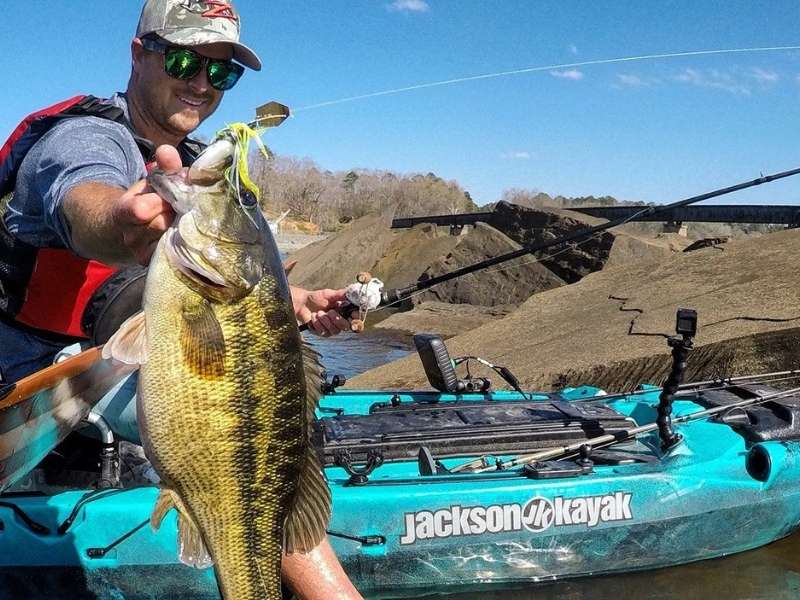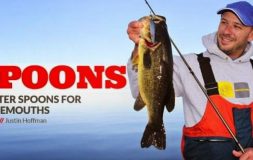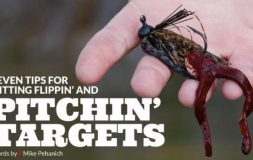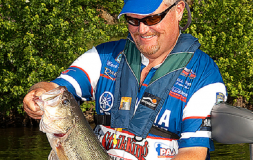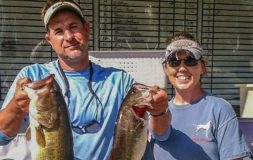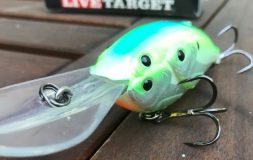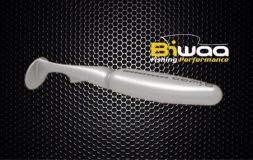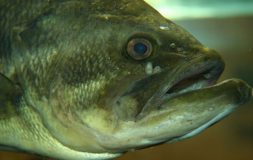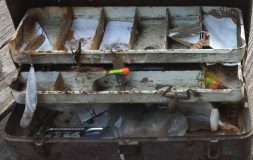4 Tips for may bass fishing
Written by Andrew Schadegg
This is a major time of transition for bass all over the country. Every location isn’t the same, but even in the far north, bass are on the move. This can be a tricky time to locate and figure out exactly what the fish are doing, where they are moving to or from and what baits work best to get them in the boat.
When you’re out on the water over the next few weeks, keep these tips in mind.
1. Learn the Spawning Habits on Your Water – Bass are creatures of habit and their biological functions dictate everything that they do. This is really apparent in the spring, as they make their migration to and from the areas where they mate and lay their eggs. Do some serious scouting on your local body of water, to find out whether they like coves, flats, marinas or other areas to do most of their spawning activity. Once you figure out the most common spawning grounds, you’ll be able to identify where they go after they get done spawning by identifying the primary and secondary ledges, points or drop offs that are close by.
2. Don’t Be Afraid to Junk Fish – This is a great time to try out new techniques and cover a lot of water. In most areas of the country (excluding the far south and far north), bass are typically in a many phases of the spawn or in post spawn. They could be still up on beds, recovering, transitioning to summer areas or even already in their summer patterns. Keep an open mind and have a lot of different styles of baits tied up that you can fish in different depths. Different depth crankbaits, swimbaits of varying weight and lengths, plastics that you can fish in 5 feet or 20 feet; be prepared to find fish in a lot of different locations and phases.
3. Look for Fry Guarders – When bass come off their beds, many times the females will stick around near her fry for a period of time. Sometimes she will leave after a couple of days and pass the responsibility to the male. Either way, these bass tend to be pretty aggressive, much like bass that are on their beds. You’ll know these bass are guarding fry by the way they stay in one general location without spooking off too far. Many times, you’ll also see the cloud of fry in the water moving around. Topwater is a really fun technique to throw during this time. Try a popper or a buzzbait to mix up the cadence. Also swim jigs, chatterbaits, glide baits or swimbaits can really get the attention of the bigger bass as they chase it out of the area.
4. Keep Moving Until You Have Success – This time of year, especially right after the spawn can get extremely frustrating. The same areas you were catching huge limits one week are completely abandoned the next. Many times, even if you do find the fish, they are lethargic and don’t want to bite as they are going through their post spawn recovery process. There is good news though! Very rarely are all the fish in the same stage, so move around a lot. If you find that one end of the lake is predominantly post spawn and the bite is slow, go to the opposite side of the lake and you might find they are either still spawning or perhaps already through their recovery stage and into normal summer patterns.


